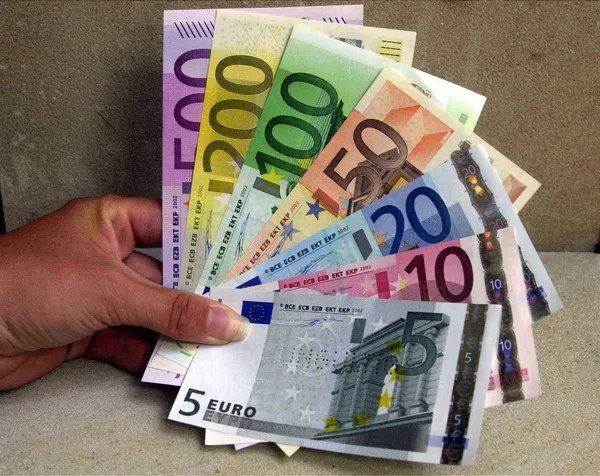EUR/USD attracted some bargain hunting during Thursday’s Asian session and reversed some of the previous day’s losses from the weekly top. Spot prices are currently trading around 1.0900, up just over 0.15% throughout the day, and are finding support from a slight pullback in the US dollar (USD).
Investors now appear to believe the Federal Reserve will begin cutting interest rates early next year, causing Treasury yields to fall further. Indeed, the benchmark 10-year Treasury yield fell to its lowest level since July, failing to help the dollar capture gains from upbeat U.S. macro data on Wednesday. Elsewhere, U.S. stock futures recovered slightly after a late sell-off overnight, further weakening the safe-haven currency and providing support for the EUR/USD pair.
On the other hand, reduced bets on an early interest rate cut by the European Central Bank (ECB) also provided support for EUR/USD. In fact, Slovak central bank governor Peter Casimir said on Monday that any talk of an ECB rate cut was premature. That sentiment was echoed by ECB policymaker Bostjan Vasle, who noted that the ECB would need to wait until at least the spring to reassess its policy outlook and that market expectations for an ECB interest rate cut in March or April were premature. This is seen as another tailwind for the EUR/USD pair.
Still, a series of Fed officials have recently sought to push back on expectations that the U.S. central bank will diverge entirely from a hawkish stance while inflation remains elevated. That, in turn, increases uncertainty about when the Fed will begin easing monetary policy, potentially helping limit the Bucks’ losses. Traders are also likely to avoid being aggressively bearish on the dollar ahead of Friday’s release of the U.S. core PCE price index, which will influence future Fed policy decisions and provide fresh impetus.
However, the above fundamental backdrop appears to be favorable for bullish traders, indicating minimal upside resistance for EUR/USD. Market participants will now turn their attention to the U.S. economic calendar, which includes final third-quarter gross domestic product (GDP), the usual weekly jobless claims data and the Philadelphia Fed manufacturing index. These data, along with U.S. bond yields and broader risk sentiment, will influence U.S. dollar price dynamics and generate short-term trading opportunities during the early North American session.


